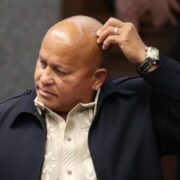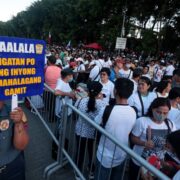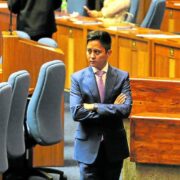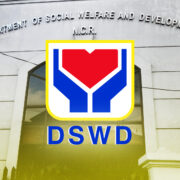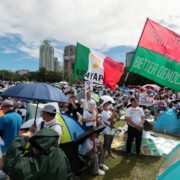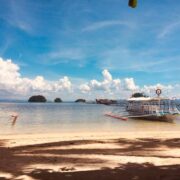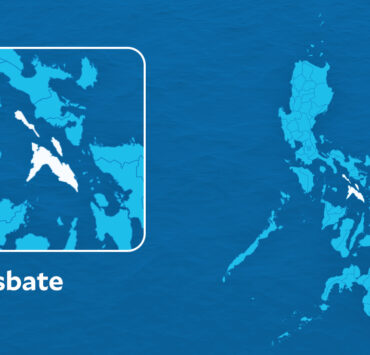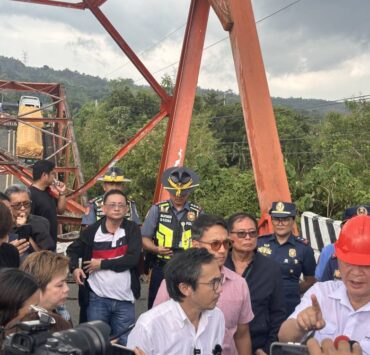In Baguio, housing gap pushes builders to look beyond city
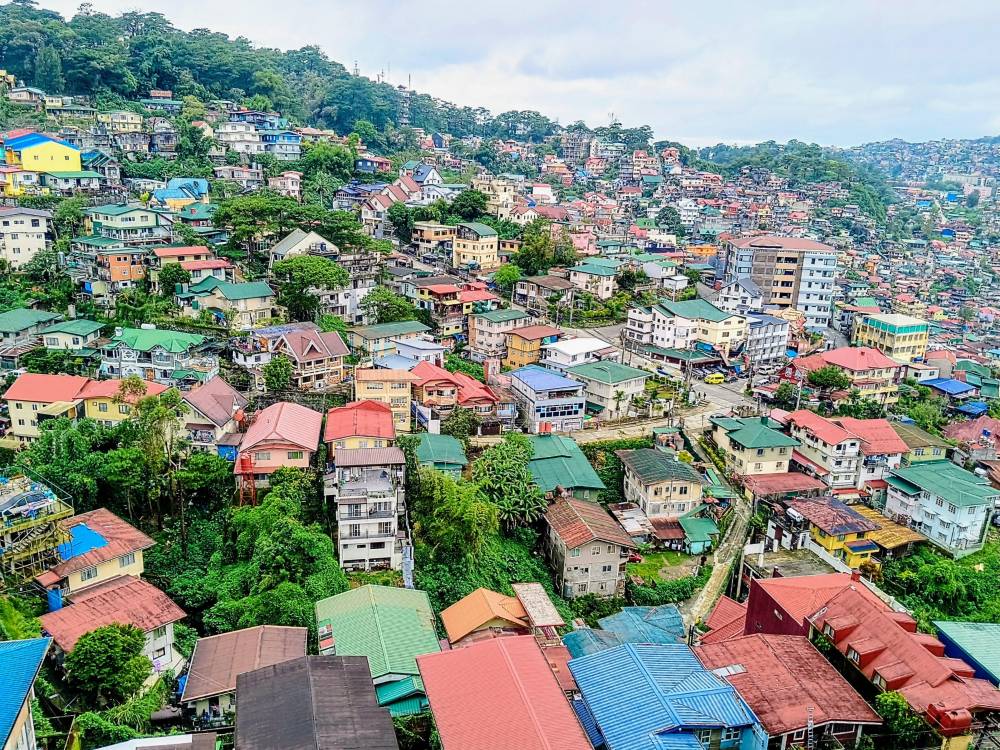
BAGUIO CITY—To address a regional housing backlog of 40,000 units, Baguio developers have urged the government to tap land in neighboring towns of Benguet province instead of within the city for new low-cost settlements.
The Chamber of Real Estate and Builders’ Associations (Creba) said utilizing land outside Baguio would help developers compensate for the city’s shortfall in providing homes to 28,123 residents who lack titled properties, live with extended families in cramped spaces, or have been displaced by disasters, based on a 2016 inventory.
The issue was discussed during a briefing this week organized by the Department of Human Settlements and Urban Development (DHSUD).
Antoinette Anaban, DHSUD Cordillera director, proposed tapping into BLISTT—an acronym for Baguio and its neighboring Benguet towns La Trinidad, Itogon, Sablan, Tuba and Tublay.
Relocation
BLISTT was formerly an economic collaboration now granted metropolitan status by Republic Act No. 11932 and governed by the Metropolitan Baguio City, La Trinidad, Itogon, Sablan, Tuba, and Tublay Development Authority (MBLISTTDA) modeled after the Metropolitan Manila Development Authority.
Emmanuel Clemente, Creba president for Baguio and Benguet, said the BLISTT municipalities could identify suitable areas for housing and license the private sector to develop projects there.
The BLISTT concept (originally BLIST without Tublay) was conceived by the late city architect Joseph Alabanza and his staff at the former National Economic Development Authority (Neda) as a strategy to salvage potential investments by relocating them to Baguio’s neighboring towns after the devastating Luzon earthquake on July 16, 1990.
Urban planners from the European Union later reinforced this idea, envisioning a new Baguio metropolis that would relocate major industries and build residential suburbs in adjoining Benguet towns. This would improve local economies while easing urban pressures in Baguio, such as overdevelopment and overpopulation.
However, the plan was initially met with resistance from Baguio’s neighbors, who were reluctant to play subordinate roles.
Decades later, BLISTT (with Tublay included) was formed as a loose mutual assistance group among local governments.
In 2019, the Cordillera office of Neda (now the Department of Economy, Planning and Development, or DepDev) commissioned an urban carrying capacity study for Baguio.
The study found that most resources—water, forest cover, roads, and land—had already reached unsustainable thresholds for the city’s current population, with land availability for development maxed out since 2015.
Real estate prices in Baguio also pose challenges, said Ramon Tagle, Creba Baguio-Benguet chair, making social housing projects prohibitively expensive. Some prime properties in downtown Session Road reportedly sold for as much as P250,000 per square meter, according to old tax maps.
Tagle also highlighted environmental concerns with relocating to Benguet towns, such as vulnerability to landslides worsened by climate change.
Baguio has shifted some social housing projects to the outskirts, with developments like Luna Terraces in Barangay Irisan and newly purchased land in Tuba for future housing, Anaban said.
The latest housing backlog in Baguio has reportedly decreased to 16,000 as of 2025.






